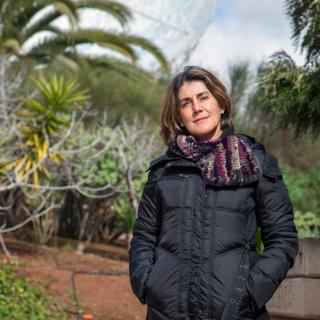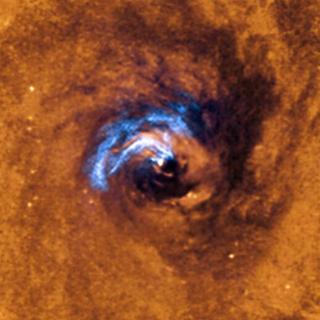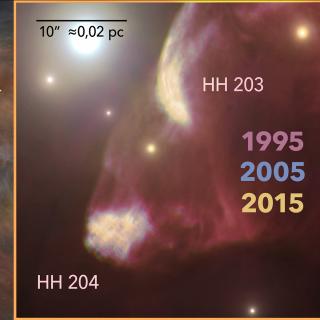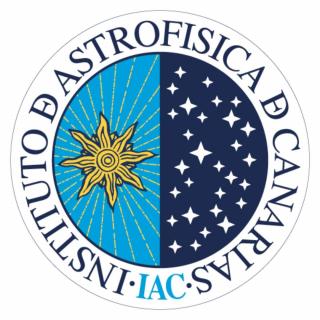
The IAC expresses the solidarity of all its staff with La Palma in the face of the eruptive phenomenon that is affecting several municipalities on the island. We thank the authorities and all those involved in the security arrangements for the great work they are doing, which has prevented personal injury and has been of great help to the population. We deeply regret the material losses that many of the people living on the island are suffering. The eruption occurred about 20 km in a straight line from the Roque de los Muchachos Observatory and at an altitude of 600 m above sea level, so
Advertised on




